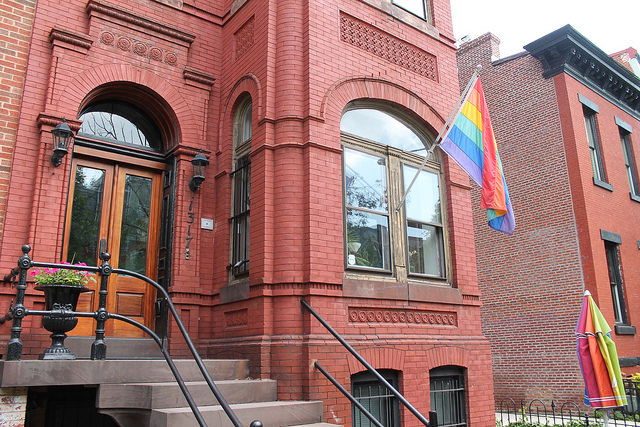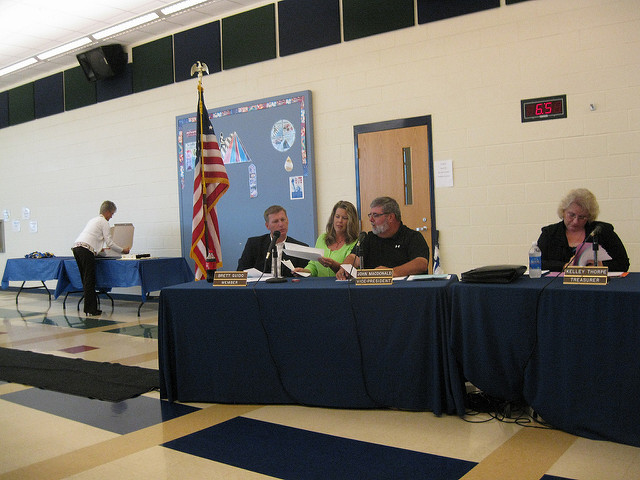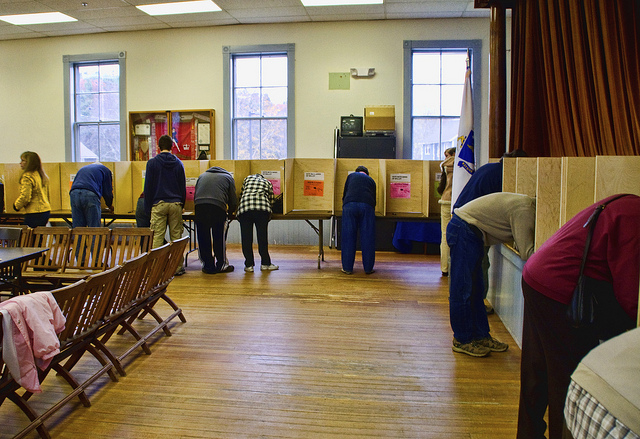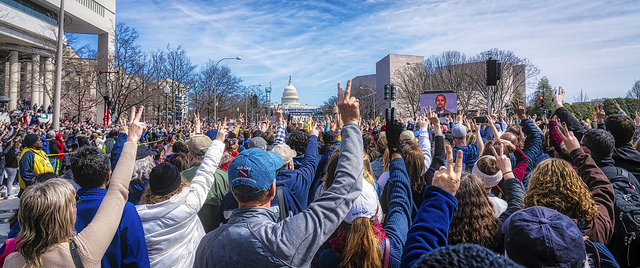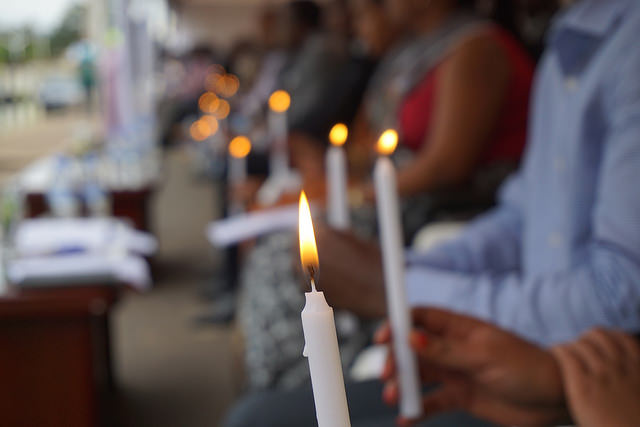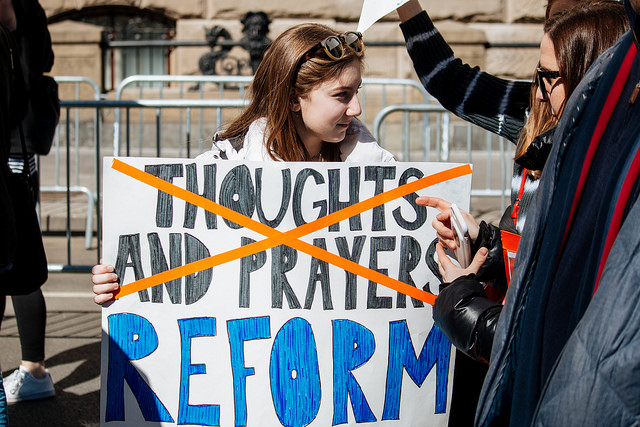
As debates about gun control continue amid mass shootings, compromise continues to be elusive. One step toward compromise is understanding what drives attitudes about gun control. Conventional wisdom suggests attitudes about gun control are closely tied to other political views, party affiliation, or past experiences with using firearms for hunting or personal protection. Sociologists have shown that attitudes about guns are also cultural, tapping into deep assumptions about what it means to protect and provide for loved ones. Now, a new study finds an even more surprising link: attitudes about guns are closely associated with core assumptions about religion in society.
In a recent article for the Washington Post, Andrew Whitehead, Landon Schnabel, and Samuel Perry summarize the findings from their study:
“Americans who subscribe to Christian nationalism believe that America has always been ― and should always be ― distinctively Christian in its national identity, sacred symbols and public policies…the connection between Christian nationalism and gun control attitudes proves stronger than we expected. It turns out that how intensely someone adheres to Christian nationalism is one of the strongest predictors of whether someone supports gun control. One’s political party, religiosity, gender, education or age doesn’t matter.”
These findings highlight how attitudes about guns are connected to some Americans’ core sense of social identity. This makes the policy debate a proxy for arguing about who we are as a country, and such a high stakes argument invites deeply entrenched positions.


